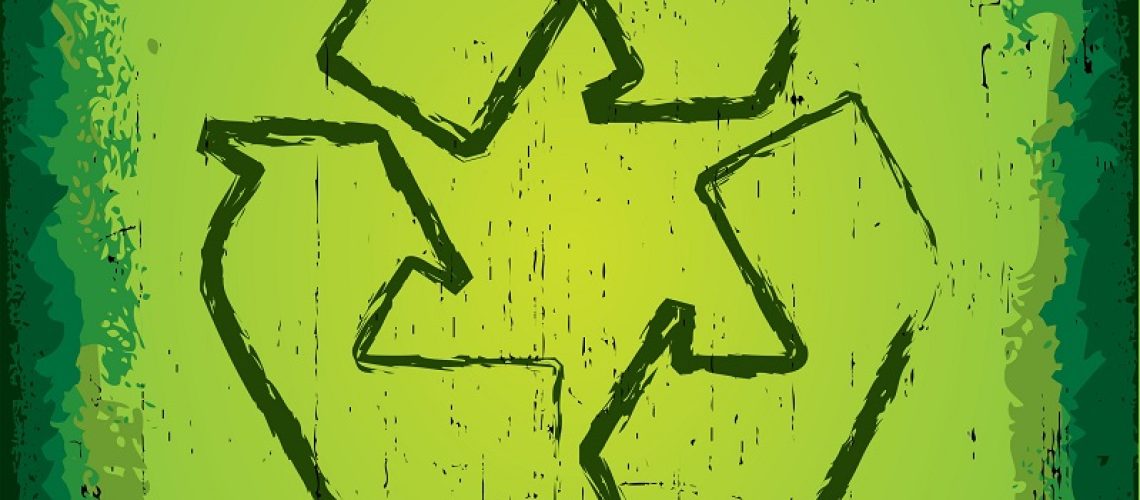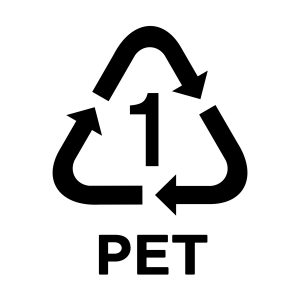On most plastic containers and packaging you buy, you will generally find the recycling logo with a number in the middle of it. Sometimes there will also be letters underneath stamped into the plastic.
The recycling logo can be misleading a little, since just about anything can be recycled, but not everything is easy to recycle. It is like traveling across the United States. There are many ways you can get from Washington DC to Los Angels, but not all of the methods are worth the time and money to get there.
The numbering system was started in 1988 by The Society of the Plastics Industry (SPI) to help recyclers to be able to differentiate the types of plastics when sorting. The numbers in the triangle indicate the type of plastic used to make the product. Many different countries are now using this system.
What the Numbers Mean
- PET – Polyethylene Terephthalate– this is the most natural plastic to recycle and is typically used for water and soda bottles as well as other food packages like polyester fibers.
- HDPE – High-density Polyethylene – this plastic is also easily recyclable and typically used in the packaging of detergent, bleach, milk bottles, shampoo, and conditioner, as well as motor oil.
- PVC – Polyvinyl Chloride– this plastic, found in a lot of everyday products, including pipes, toys, furniture, and packaging. It is difficult to recycle and is a threat to the environment.
- LDPE Low-density Polyethylene – is used for many kinds of bags like grocery and sandwich bags as well as wrapping. It usually is recycled into more of the same type of products.
- PP – Polypropylene– is used to make clothing, bottles, tubs, and ropes, and various fibers.
- PS – Polystyrene– also known as styrofoam, it is found in the making of cups, food trays, and packing peanuts. These products take up a lot of room yet are light, making them difficult to recycle. We do recommend reusing them as much as possible. You can learn more about recycling polystyrene.
- Other – this could be a mix of any or all of the above plastics. Or it could refer to plastics that are not recyclable such as polyurethane. Try not to use this type of plastic, and please don’t place it in your recycle bin.
You can also download a free plastic recycling cheat sheet that is a PDF to use in either your home or business to help provide a quick summary of these various plastics.



